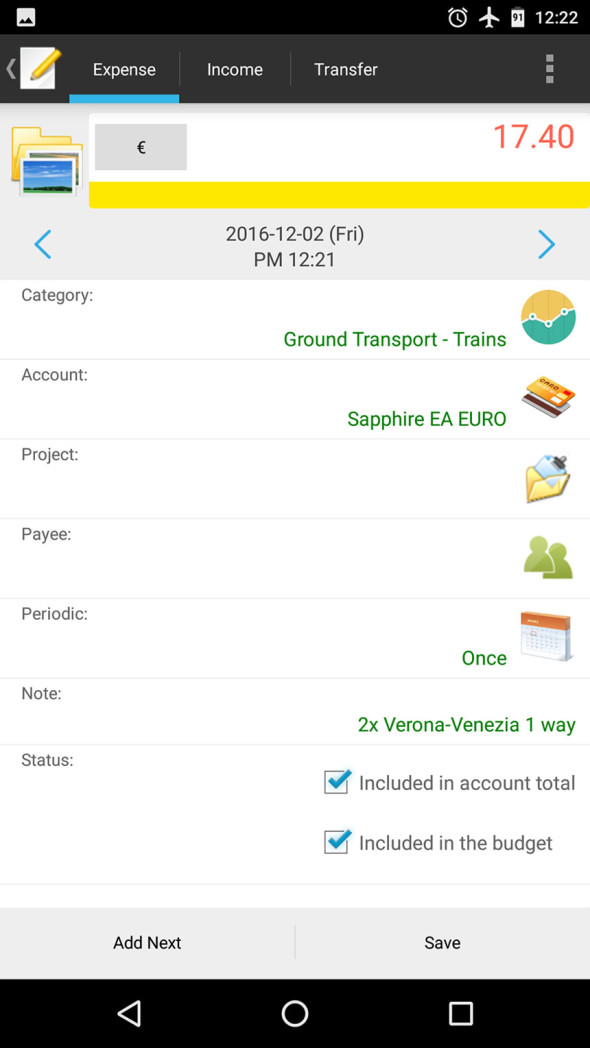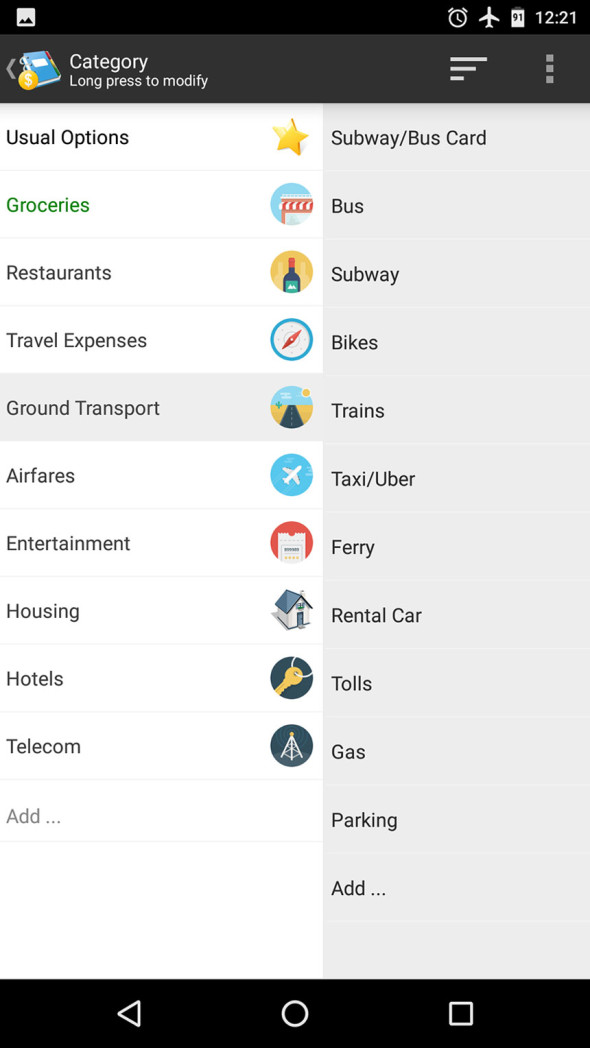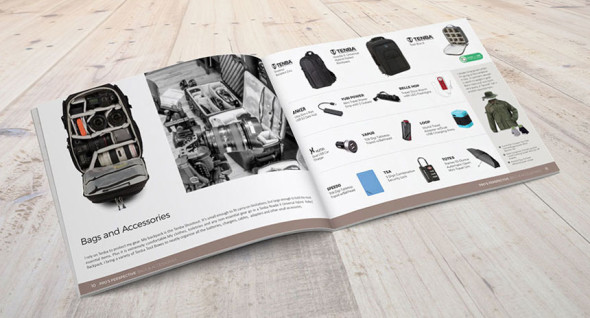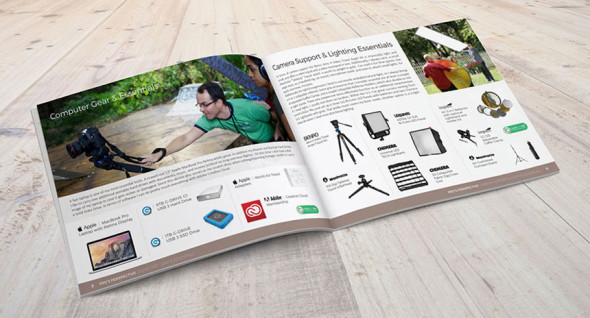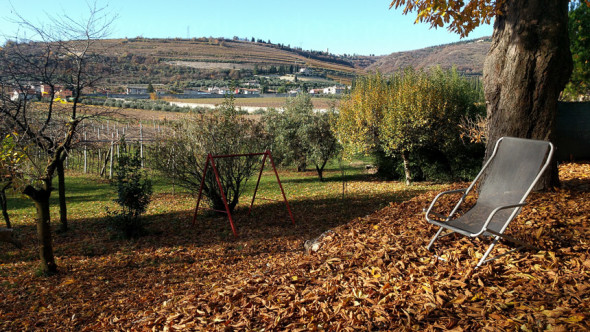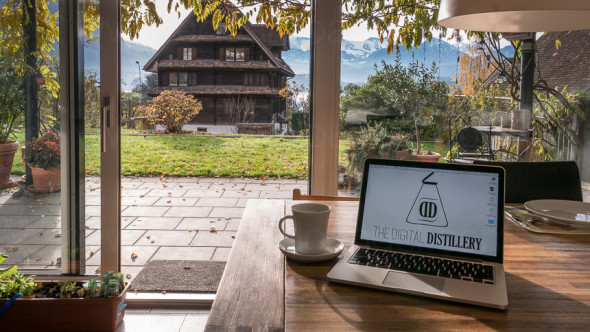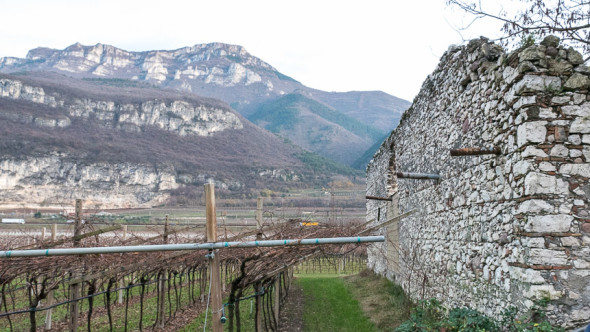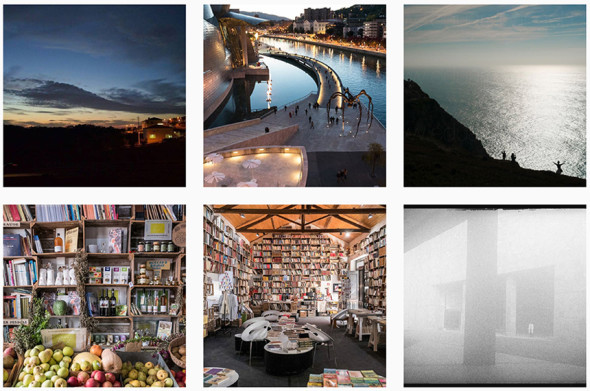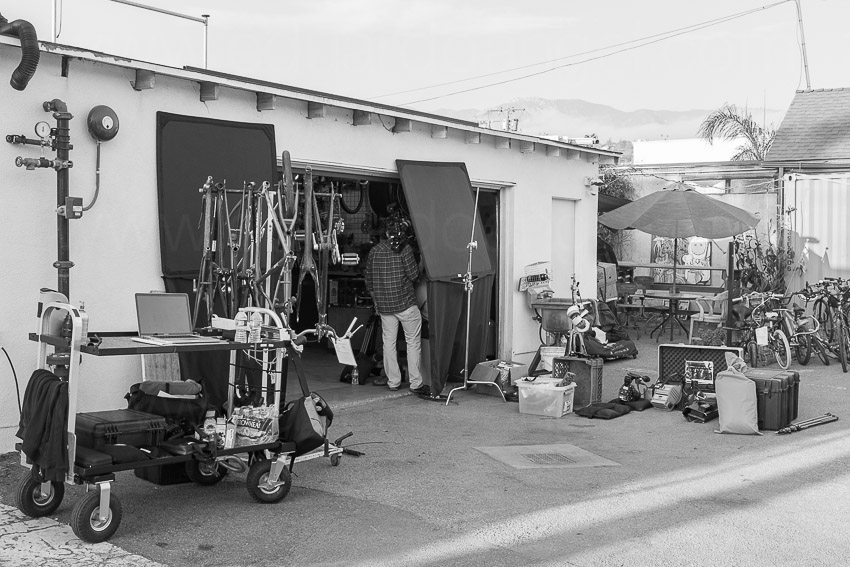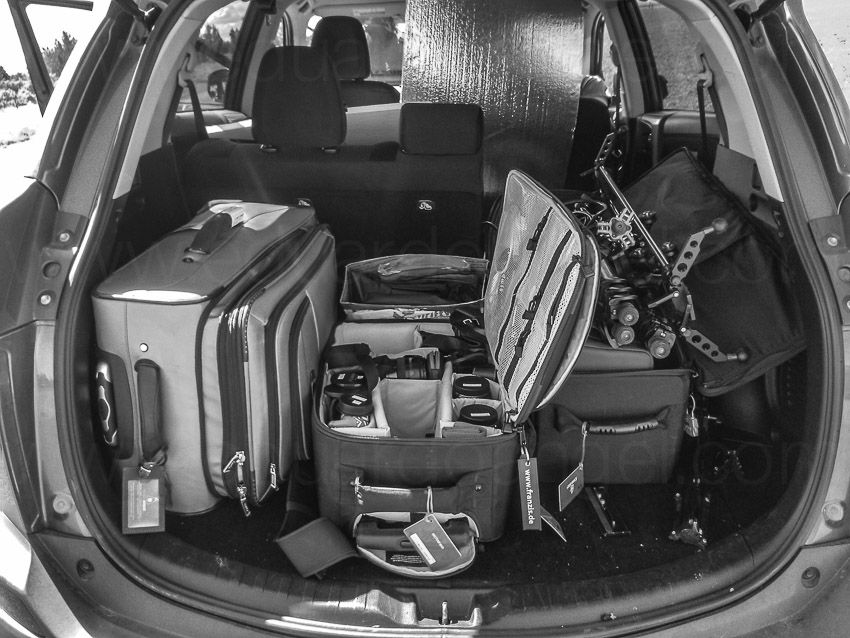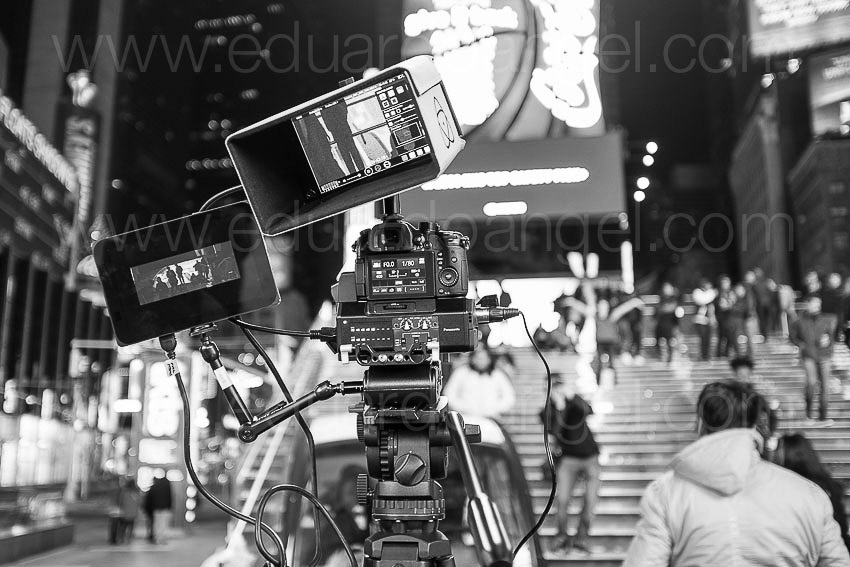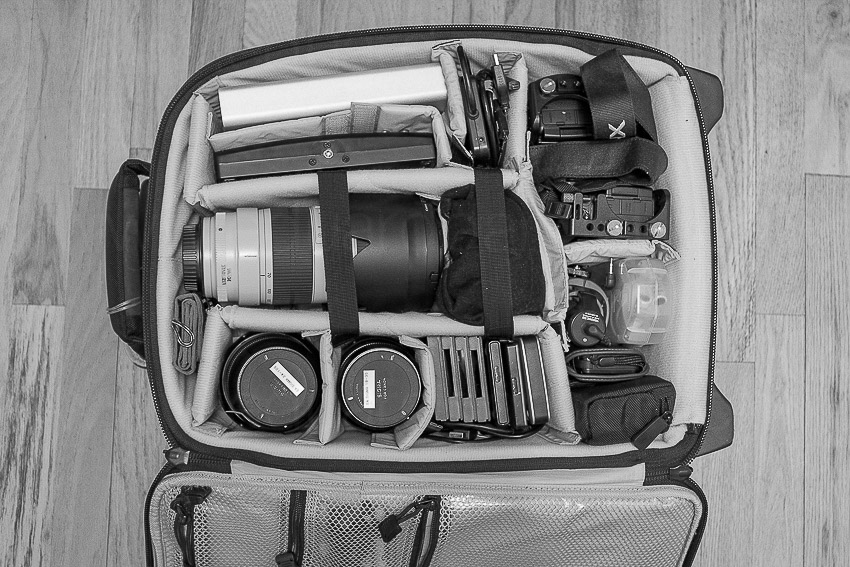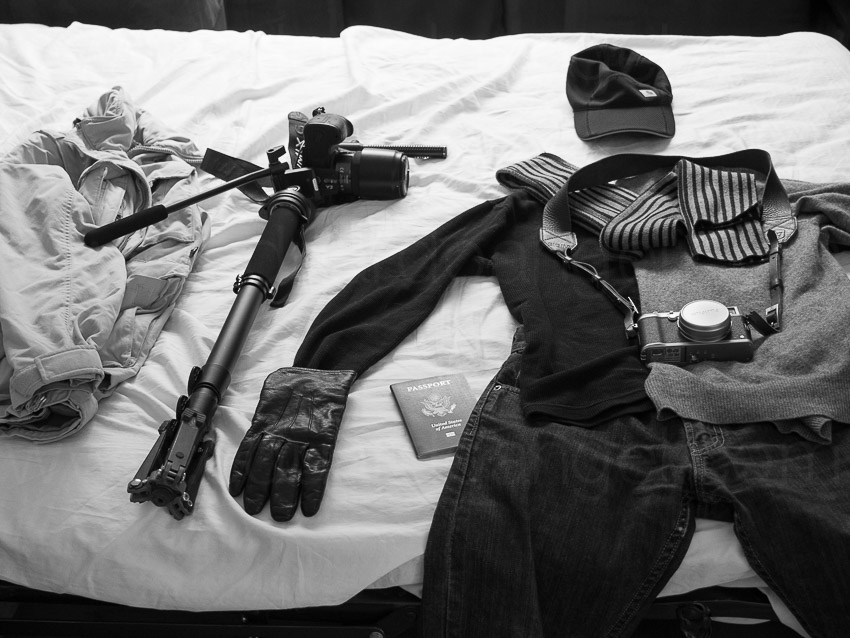Video

100 days, 10 travel tips.
This week we are celebrating our first 100 days traveling around the world. We plan to complete a year, from New York through Europe, North Africa, Southeast Asia, Australasia and ending somewhere in California.
In today’s article I’d like to share the 10 most valuable lessons we’ve learned so far, formatted as quick tips for anyone considering long-term trips.
Disclosure
This article is NOT paid or sponsored by anyone, it is an independent review and only reflects my personal opinions. I only recommend products that I use and trust. Some links are affiliate links which means I may get a few pennies if you decide to purchase anything.
Cool? Lets go!
1. CHOOSE A HOMEBASE
The more you move, the more you spend. Short trips are usually the most expensive. But even more important than money is the psychological/emotional aspect of having a base. It sounds wonderful to visit five cities in four days, but after a few weeks of packing and unpacking every night it gets very tiring.
Having a base allows you to set a rhythm, to buy groceries lowering costs and eating healthier, do your own laundry, rest, and give each other some vital “alone” time. Also, staying in one place for several days or weeks allows you to truly get into the rhythm of local life, understand the neighborhood, the transportation system, get a grasp of local politics and issues, make friends and visit locations off the beaten path.
In the past 100 days we had a base in Portugal for about six weeks near Lisbon, one week in Madrid, one week in Barcelona, one week near Lucerne, and two weeks near Verona. That’s roughly 75% of the time; the other 25% was spent staying one or two nights at a location.
How do you find a place? My grandfather always said that “it’s much better to have friends than money.” I couldn’t agree more. We are blessed to have extremely generous friends who offered us their homes, but another option that has worked out fairly well for us is Airbnb (use this link to get $35 off your first booking).
2. PICK SMALLER CITIES
I believe it is much better to pick a homebase in smaller cities or towns. People are usually friendlier, it is easier to move around and park if you have a car, and it is definitely cheaper. My rough estimate so far is that it’s 20% cheaper to live 30 minutes from a big city, and that’s including transportation costs. The moment when you realize the local barman, waitress, and baker knows you by name and you know theirs is truly magical.
3. KEEP A CLOSE EYE ON YOUR BUDGET
I’ve been using a fantastic mobile app called AndroMoney (Android and iOS) to keep track of all our expenses.
At first, it takes some time to customize and get used to this app, but after a few days of entering every transaction the process only takes a matter of 10 seconds. You can create all kinds of reports and export them to Excel, Google Drive, etc. A very powerful tool that I consider essential.
Thanks to AndroMoney I know that as of today 50% of our budget has been allocated to food (restaurants and groceries), 20% to airfare and roughly 25% to hotels (including Airbnb).
We are currently a bit over budget, but considering that we have been in some very expensive destinations (northern Italy, Barcelona, Switzerland) we are doing fine. Our next destinations (Morocco and Southeast Asia) seems to be much cheaper, and we plan to lower our daily average by staying longer at each place and cooking more often.
4. KEEP IT LIGHT
Avoid over-scheduling and over-packing. It is very tempting to cram your day with two museums, three historical sites, a walking tour, watch the sunset, and feast upon a fancy three-course dinner at a Michelin-rated restaurant. Don’t.
We’ve found that regardless the city and price, lunch in Europe takes at the very least one hour and dinner usually two. Museums are big and crowded. It is inevitable to get lost in most old cities, so instead of rushing through your day to get things done, prepare yourself to enjoy those wonderful random discoveries.
Packing is a big topic. We are each traveling with one carry-on and one small daypack. Keep in mind that I’ve somehow managed to fit in a complete photo and video production system and a post-production workflow. I’ll cover this topic in a future article, but for now you might want to watch this free online course “How to pack light.”
5. BRING THE RIGHT GEAR
In order to pack light one must pick the right bag, clothes, and gear. Even seemingly small decisions like choosing the right socks or underwear can make a big difference for long-term travels.
We are 200% happy with our Osprey Ozone Convertible bags. They are extremely well made, very light and more importantly the perfect size. Cheap airfares aren’t so cheap when you start adding baggage costs, which can easily double or triple the original price. Spending 45 minutes waiting at the baggage claim is nothing but a waste. And having your suitcase lost or delayed can turned into a real logistical nightmare, especially if you aren’t staying at a single place for more than a day or two.
These few items have been exceptionally useful:
- Icebreaker long sleeve crewe top have been truly essential. The difference between comfort and discomfort in cold climates is long underwear. Merino wool costs more, and it’s worth every single penny as it lasts a lot longer without washing.
- Exofficio t-shirts – Extremely light and comfortable. You can wash them at night and they are dry in the morning.
- Exofficio underwear – Just like the t-shirts they are made from lightweight, antimicrobial treated fabric that reduces odor and wicks away moisture.
- Eagle creek organizers – I wasn’t too convinced about the benefits of these organizers. Now I preach the gospel. There’s no easier and faster way to fit a lot of stuff into a tiny bag. Get two smalls and one or two medium. The large is way too large
- Tenba toolboxes – I use a variety of these padded boxes to keep all my hard drives, cables and gadgets organized and well protected.
- Panasonic Lumix GX85 with a 12-35mm f/2.8 lens. 99% of these photos were shot with this tiny yet super powerful camera.
- Google Project Fi – Thanks to Project Fi I’ve had internet access in every single country so far. I’ve been able to call taxis, find hotels and restaurant, get directions, etc thanks to Project Fi. It still has some wrinkles, especially when it comes to billing “errors” but currently there’s no better/cheaper alternative.
- Small Power Outlet. I only need ONE universal adapter to recharge all my gadgets.
- Very comfortable walking shoes are mandatory. We’ve walked an average of 25,000 steps each day. My favorite are the good old New Balance and my wife’s are some fancy Nike. I also have one pair of these extremely comfortable sandals.
Things we brought that have rarely (or haven’t) used:
- Speedo Towel
- Flashlight
- Technical bra (“too big and has no support”)
- Paper maps
- Travel Umbrella
6. KEEP A PERMANENT ADDRESS
I won’t lie; every time a hotel clerk asks “what’s your permanent address” and I answer “I don’t have one, we are traveling around the world” I feel insanely happy. But in reality, you do need a permanent address where you can receive mail, bills, checks, etc. We forwarded our mail to my sister’s place in Atlanta, but I didn’t anticipate how involving and tedious her role would be. “Is this letter important? What should I do with this bill? You got a check. You got a new credit card.” There are companies that provide this service and had I known this, I would have paid the fees instead of putting this burden on my sister.
7. BRING MULTIPLE CREDIT CARDS
I’ve been using both the Chase Sapphire (double points on travel and dining expenses) and Citi Prestige (triple points for hotels and airfares) for a very long time. Chase is a Visa and Citi is a Mastercard, which usually works great. But some places like tolls in Portugal, some museums in Spain or local trains in Italy don’t accept international credit cards so you need cash.
By far the best way to get cash is from an ATM and using a debit card. Never use a credit card to get cash, as it will be considered a cash advance with outrageous daily interests as high as 30%! Also keep in mind that even if a store accepts credit cards and you need to enter a pin, it might be considered a cash advance, so better be safe than sorry and pay cash.
For security reasons I keep one credit card and some cash in my wallet, and the second credit card, debit card, and some cash somewhere else. Even though both Chase and Citi claim to have no international transaction fees, the difference between the official exchange rate and the actual charge is always around 1.5% more. This seems to be a constant even though the US dollar has been the strongest against other currencies in 13 years. Oddly enough, the ATM transactions also add a 1.5% “fee” over the official exchange, so I haven’t found “the best” solution yet.
8. DEVELOP A DAILY ROUTINE
Imagine waking up to the sound of the waves and seeing the sun rise over the horizon. Then picture yourself reading a fat book in a hammock while sipping a refreshing cocktail, and then napping next to the pool before writing a blog post and answering a few emails. Not really. You will be spending a lot of time on planes, buses, and trains, planning where to eat, where to go and where to stay next, doing laundry and cleaning the dishes, getting lost in supermarkets, finding parking, and looking in earnest for the restaurant that closed a month ago. Internet is shitty in most parts of the world, so your “internet time” will be anywhere and anytime you find a decent connection.
I strongly recommend developing a daily rhythm as soon as possible, regardless of the country you are in. For example, we wake up around the same time each day, exercise for a while, eat a good and healthy breakfast, and head out to explore. We stay home most evenings, editing photos or videos, writing, working, watching movies, reading, etc. That being said, having a day or two each week of unstructured time to simply stay home is essential, otherwise it is easy to get overloaded with information.
9. GET LOCAL RECOMMENDATIONS FROM LOCALS
We usually ask locals for lunch recommendations; “a local and inexpensive place that YOU like to frequent with your family or friends” usually does the trick.
Nine times out of ten we are surrounded by confused locals who stare at us like we come from another planet, the food is abundant and amazing, and the price is a fraction of the tourist trap.
10. LEARN ABOUT THE LOCAL CULTURE IN ADVANCE
After many years and visiting more than 50 countries I’ve learned that the best way to develop friendships is by learning a few words of the local language, reading in advance about the local culture, political and economical issues, geography, and history.
“Is there a place nearby that most tourists miss?” is often a fantastic way to break the ice and access spots and events that otherwise you would have missed. For example, this week I photographed the first crush of Amarone grapes in Valpolicella, participated in a professional wine tasting, visited the remains of the border wall from WWI between Austria and Italy, and walked the city where Mussolini built his last mini-state. All for asking ONE very simple question: “How come the prices for Amarone have remained the same for the past 10 years while the cost of grapes have increased sixfold?”
Having substantial time off is a blessing and a luxury. How you invest or waste that time definitely has a lot to do with how you approach each and every day.
We’ve been sharing our favorite photos on Instagram (here and here) please follow us and join our journey!
Video

How to Pack Light.
A substantial challenge within small-crew, low-budget productions is how to travel as light as possible, but still carry a full production and post-production setup that is literally on your back.
In this FREE half-hour lecture I share my most valuable packing tips, the gear you can not leave behind, and even how to approach subjects in foreign countries.
This presentation was recorded live at NAB 2016 Post|Production World, the leading training event for content creators and designers.
Duration: 23 minutes
A complementary companion PDF with valuable information is also included.
Video
Essential Filmmaking Gear – Lean and Mean.
On our previous equipments lists (here’s #1 and here’s #2) we covered the essential gear while working with small crews constantly on the move. Today, we’ll list the equipment we usually bring on “Lean and Mean” jobs. On these jobs we usually spend more time at each location, and don’t need to carry everything on our backs, so we can add a few bigger/heavier tools.
List #3 – Lean And Mean
Hybrid or Video Only Assignments
Small Crew On Location But With Some Time To Prep
Example: Maragas Winery Commercial.
In addition to everything on List #1 and List #2 we typically would add:
1. If the job doesn’t require stills I’d swap the GH4s or the Sony a7R IIs for a couple of Canon C100 Mark II bodies (Amazon and B&H). At this point we are seriously considering investing on a couple of Sony PXW-FS7 (Amazon and B&H), but we are waiting to test it against a Sony PXW-FS5 (Amazon and B&H) to make the call.
2. Depending on the job we would add another camera movement tool, like a Glidecam (Amazon and B&H) or a Ronin (Amazon and B&H) or even jibs and dollies. It depends on many different factors.
3. In terms of lighting I usually bring three 1×1 Bi-Color LED Panels (Amazon and B&H) with batteries (B&H) and two Chimera 1×1 Lightbanks (Amazon and B&H) with grids (B&H). That pretty much covers my basic needs. Another option is a Fiilex kit (Amazon and B&H), which I like a lot, but it is too expensive for most people.
4. A Sekonic Color Meter (Amazon and B&H) and a Sekonic Light Meter (Amazon and B&H) are pretty much mandatory.
5. Most of my grip gear is made by Impact simply because it is inexpensive, versatile and durable. I consider essential a few accessories like adjustable Gaffer Clamps, and Collapsible Reflector Holders (Amazon and B&H) which also double as mic or light stands. These very inexpensive items effectively function as additional crew members.
6. We would bring a second Tenba Transport Rolling Tripod/Grip case (2 total) (Amazon and B&H), add a second Benro S8 tripod (2 total) one more Benro S4 monopod (2 total), and a very compact and portable slider (Amazon and B&H) that would take the same fluid head from the S8 tripod and/or the S4 monopod.
Here’s the complete list of what we are currently using.
Well, there you have our essential gear. There isn’t a perfect gear list, just like there isn’t a perfect camera, but the most essential items have been working great for most assignments. Of course, there are those long and complex projects that require everything and the kitchen sink. If I forgot something essential, please let me know here!
We also have produced several Filmmaking courses on Lynda.com, two of them specifically designed for photographers transitioning into video. Check them out!
Video
Essential Filmmaking Gear – The Moving Crew.
On a previous article we covered the essential gear for solo gigs (List #1). On this article, which we call List #2, we’ll concentrate on the equipment required for longer/bigger hybrid assignments where I’ll have a few more people fulfilling different roles (gaffer/grip, second camera/editor, BTS camera/DIT). We are usually moving from place to place very quickly, so traveling light is essential. When possible, I added direct links to Amazon and/or B&H for your convenience.
List #2 – The Moving Crew.
Hybrid Assignments
Small Crew Constantly On The Move
Example: Panasonic Anamorphic.
So, in addition to everything on List #1 we’d typically add:
1. In addition to my sharpest and heaviest lens, Canon 70-200mm f/2.8 (Amazon and B&H), we’d also bring a Sigma 18-35mm f/1.8 (Amazon and B&H), and a Sigma 24-105mm f4. (Amazon and B&H). These are the same exact lenses I used last year on another one-man Hybrid project in Istanbul and Europe. To make the Canon and Sigma lenses work on the Panasonic GH4 we’ll need a Metabones Speedbooster (Amazon and B&H).
2. Having more space and more people to carry bags, I’d also add a Varavon cage (Amazon and B&H) to each camera body. I like these cages a lot!
3. An Atomos Shogun (Amazon and B&H). We previously wrote an article explaining why this is a must have item.
4. As many SanDisk Solid State Drives (Amazon and B&H) for the Atomos Shogun as possible.
5. A USB 3.0 reader for the Solid State Drives (which are generously included in the Atomos Shogun kit).
6. A second 6TB G-Tech External Hard Drive (Amazon and B&H).
7. Two RodeLink kits (Amazon and B&H). They are great for interviews and to record clean sound while doing on-camera tutorials or even getting some BTS. The RodeLinks are extremely light, small, reliable and fairly inexpensive.
8. In addition to the monopod (on List #1) I’d add one Benro S8 tripod (Amazon and B&H).
9. I’d add one more Tenba Roadie Hybrid bag (2 total) (Amazon and B&H) for the most expensive, essential and fragile items, namely cameras, lenses, Shogun and hard drives.
10. One sturdy Tenba Transport Rolling Tripod/Grip case (Amazon and B&H) for light stands, tripods, grip, cables, etc. My favorite one is Tenba’s Rolling Case 38”
What else are we using? Here’s the complete list.
As you can see, anyone involved in run-and-gun, single-operator scenarios like weddings, events, corporate shoots, documentaries, red carpet premieres, product launches, sporting events, video podcasts, and even student films could benefit from these lists, so feel free to share them.
We also have produced several Filmmaking courses on Lynda.com, two of them specifically designed for photographers transitioning into video. Check them out!
Coming next week: List #3 – Lean and Mean. Working with a small crew but having a bit more time to settle down and prep. Bring the big guns!
Video
Essential Filmmaking Gear – The Solo Gig.
In aviation, an MMEL (Master Minimum Equipment List) is a categorized list of on-board systems, instruments and equipment that must be operative in order to flight. Any additional equipment not included in the MMEL may break temporarily, but it won’t make the aircraft inoperative. For several years I’ve been attempting to create my own MMEL for “hybrid” productions. My simplest definition of “hybrid” is “productions or assignments where a skeleton crew (from one to four people) is required to produce, direct, shoot video and stills, record sound, and even edit. Most of these assignments will be happening on location, more often than not over several days.”
Like it or not, these gigs are becoming increasingly popular. It sounds crazy and indeed, being on the field trying to wear so many hats at the same time can be extremely stressful. The keys to make these projects run smoothly (and even fun) are simple: invest as much as possible in pre-production, bring only the most essential gear, know your equipment well, and be decisive.
Regarding gear, a substantial challenge is how to pack and travel as light as possible while carrying a full production and post-production setup that is literally on your back, so “essential” in my book is something you will use all the time, not “maybe, just in case, what if.”
Over time, we have created three “lists of essential items”, depending mostly on the crew’s size. When possible, I added the product’s link to Amazon and/or B&H for your convenience.
List #1 – The Solo Gig
Hybrid Assignments
One-Man Crew
Example: Japan.
When working and traveling alone, a single carry-on backpack (like a Tenba Roadie Hybrid bag) contains every item I’ll need for up to three days, except some clothes and toiletries that will go on a smaller backpack the gets checked in or shipped in advance.
Hardware & Software:
1. A small, light and versatile Camera (“Cam A”) to shoot video. In the photo I have a Panasonic GH4 (Amazon and B&H), but I also like the Sony a7R II (Amazon and B&H).
2. A second camera (“Cam B”) to capture stills and B-roll, ideally identical to Camera A. Having the same brand, model and firmware can save you a lot of time in post. Plus the batteries, chargers, media and lenses are the same.
3. I like to carry a third (even smaller) camera for location scouting and behind the scenes stills. My weapon of choice is the Fuji X100s (Amazon and B&H). A compact camera is especially handy after a very long day, when I don’t want to carry more gear but still want to capture a few night scenes of nice-looking dishes during my evening meal. Here’s my original X-100s review. Believe it or not after all these years, I’m still using (and loving) this camera.
4. Two or three lenses. In this case I’d bring a Lumix 12-35mm 2.8 lens (Amazon and B&H) and a Lumix 35-100mm 2.8 lens (Amazon and B&H). I like these lenses because they are the equivalent to a 24-70mm 2.8 and a 70-200mm 2.8, but extremely small and light, yet very sharp and fast (2.8 all the way.)
5. For sound I’d bring a field recorder like the H4n (Amazon and B&H) or a more current model and smaller version like Tascam’s DR-05 (Amazon and B&H) to capture interviews and my own production notes.
While like the versatility of the H4n, it is bulky and too slow to start up, so we are considering something newer like the Zoom H1 (Amazon and B&H). I probably would also add at least one Rode VideoMic (Amazon and B&H) to capture soundscapes and decent scratch sound for interviews. And of course, we need to add good headphones to our audio package. (Amazon and B&H).
6. Two (2) G-Tech 1TB external portable hard drives (Amazon and B&H) and one (1) compact, super fast and awesome 6TB G-Tech External Hard Drive (Amazon and B&H). And by the way, I ONLY trust G-Drives, even if they fail every 14years.
7. A 15″ MacBook Pro (Amazon and B&H) with Adobe’s Creative Suite (Amazon and B&H) and Shot Put Pro. Here’s an article on how we use this software to backup our media on location.
8. A small tripod (Amazon and B&H). This thing is worth its weight in gold. I’ve used it for time lapses, low angle shots, as a handheld rig, car mount, microphone stand, and even to attach small lights for quick interviews. Priceless.
9. Benro S4 Video Monopod (Amazon and B&H). It’s small, relatively light, and sturdy. Works great.
10. A variety of Tenba Tool Boxes (Amazon and B&H) to pack all the batteries, chargers, cables, adapters and other small accessories. At first, they might seem a bit bulky but having everything neatly organized and protected is worth it.
11. One of my favorite photo bags ever, the new Tenba Shootout (Amazon and B&H). It is small enough to meet carry-on size limitations, but large enough to fit my most fragile and essential items. Plus, it is extremely comfortable.
12. In terms of lighting, for these assignments I try to use mostly available/natural light, but I always bring a 5-in-1 collapsible reflector (Amazon and B&H)
13. Two ND filters are essential when shooting daylight exteriors. By the way, we recently found out how to save $250 per filter.
14. Media pouch with ten 64GB SD cards (Amazon and B&H).
15. X-Rite’s Color Checker Passport Video (Amazon and B&H). If you get into the habit of using for a few seconds during production, it will save you hours in post. Guaranteed.
Miscellaneous Items:
1. Obviously, the most important tool if you are crossing any borders: the passport. This website compares the “power” of passports from many different countries, and, as Americans, we are blessed to have the most powerful one.
2. My good ol’ Columbia jacket/vest has been traveling with me to more than 40 countries. It has lots of pockets, a hoodie, and because it has a self-stowing pocket, it sometimes doubles as a pillow on the road. A priceless item, to be sure.
3. Media credentials which sometimes (but not always) can give you special access, get you discounts and the most important part, allow you to travel with some heavy or oversized gear without paying a fortune. Here’s a link to Delta, American, and United Media Baggage policies.
4. A hat, sunglasses and sunscreen — truly essential items.
5. I like to dress in layers and in dark colors when shooting on the road. Black hides dust and stains very easily. A cashmere sweater is worth its weight in gold, well perhaps even more.
6. I always bring gloves unless I’m going to the Caribbean in July, comfortable shoes, and plenty of granola bars.
What else do I bring with me? Here’s the complete list.
As you can see, anyone involved in run-and-gun, single-operator scenarios like weddings, events, corporate shoots, documentaries, red carpet premieres, product launches, sporting events, video podcasts, and even student films could benefit from these lists, so feel free to share them.
We also have produced several Filmmaking courses on Lynda.com, two of them specifically designed for photographers transitioning into video. Check them out!
Are you working with a small crew constantly on the move? In that case here’s our List #2 – The Moving Crew.
Video
9 Things To Do The Day Before Your Video/Photo Shoot.
As I’m prepping for an upcoming shoot, I thought I’d be interesting to share the list of things, or steps, I always do the day before. Would love to hear if you agree/disagree, have different ones or any other feedback you might want to share with me.
- Test your gear and complete workflow. Twice.
- Charge all your batteries.
- Format all your cards.
- Have a camera backup, location backup, media backup, and at least one backup of every essential item (cables, hard drives, etc).
- Prepare the media (folders, hard drives, etc).
- Make and print essential documents (scripts, crew, schedules, shot lists, call sheet, storyboards).
- Set up 2 alarms.
- Go to bed early. It will be a loooooong day!
- Never use new gear on a client shoot. If you are renting or borrowing gear, test it at least a day before.
Lastly, one of my golden rules is “Opportunity favors the prepared mind.”
Video
On editing photos and telling stories.
Wow! Our video interview with PhotoShelter hit a nerve! We have received over a 100 emails and tweets with additional questions. That is awesome!
For the people requesting the GH3 article, here’s the link, for the ones asking about Custom White Balance for Video, here’s the link, for the ones asking for additional Lightroom 4 Tips and Tricks, here’s the link, and here are a TON of additional articles on photography and filmmaking. Enjoy! (more…)


